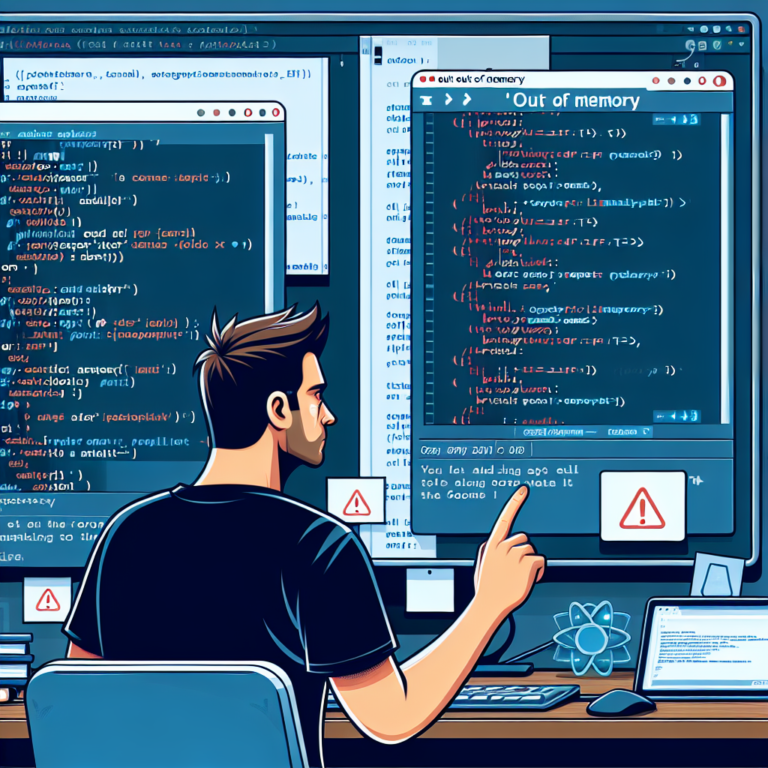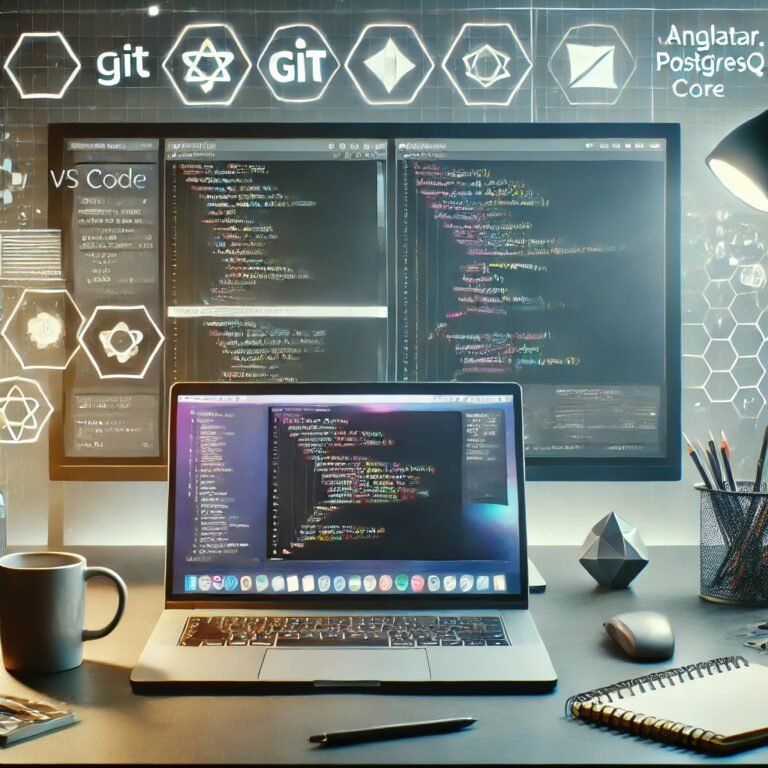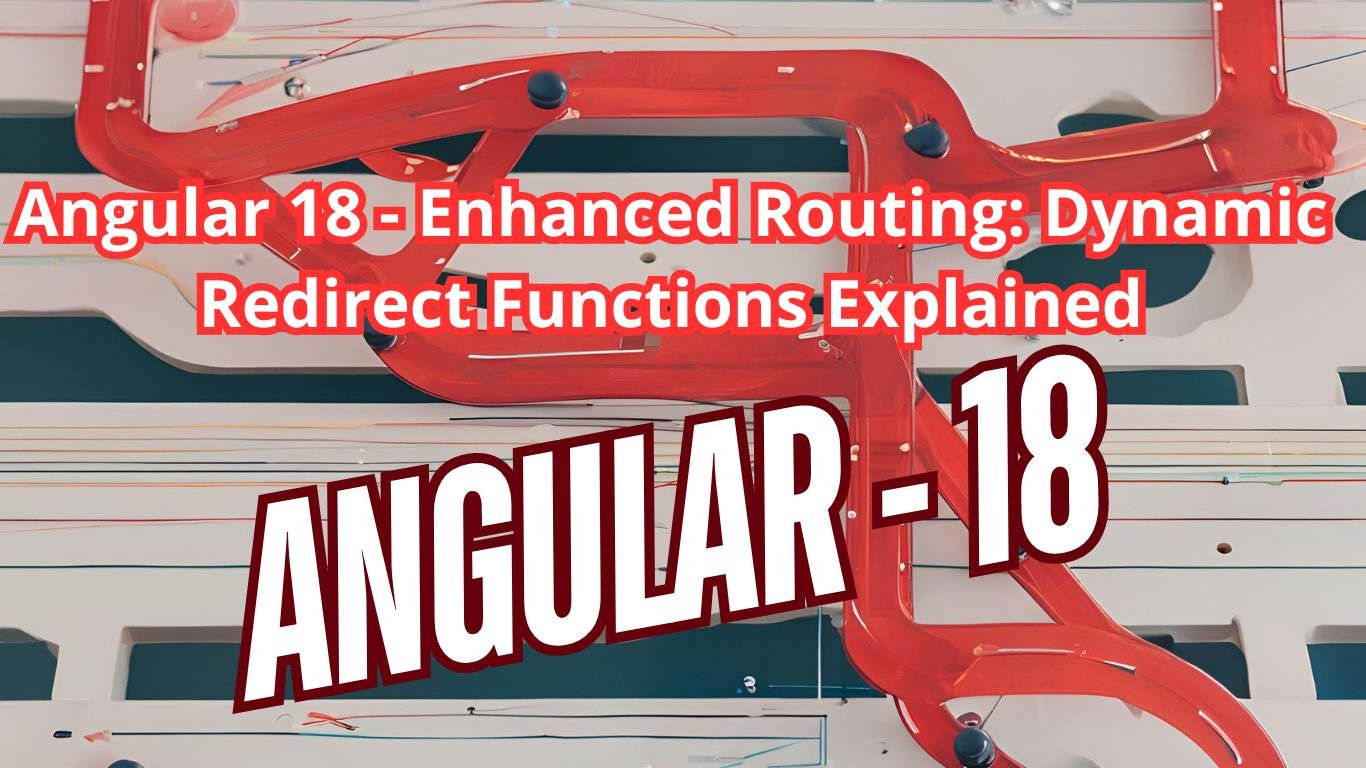Introduction
Why Full-Stack Web Development?
- Brief overview of the importance of full-stack skills in the web development landscape.
- Growing demand for developers who can handle both front-end and back-end tasks.
Front-End Development
1. HTML/CSS Fundamentals
- Understanding the structure and styling of web pages.
- Best practices for creating responsive designs.
2. JavaScript Mastery
- Core concepts and features of JavaScript.
- Importance of JavaScript in building dynamic user interfaces.
3. Front-End Frameworks
- Introduction to popular frameworks: React.js and Vue.js.
- Comparative analysis and choosing the right framework based on project requirements.
Back-End Development
4. Choosing a Server-Side Language
- Overview of Node.js, Django (Python), and Flask (Python).
- Factors to consider when selecting a server-side language.
5. Express.js (for Node.js)
- Exploring the Express.js framework for building robust server-side applications.
- Hands-on examples for creating RESTful APIs.
6. Databases: MongoDB vs. PostgreSQL
- Understanding the differences between NoSQL (MongoDB) and SQL (PostgreSQL) databases.
- Integrating databases into web applications.
Additional Skills
7. Version Control with Git
- Importance of version control in collaborative development.
- Git basics and common workflows.
8. RESTful APIs
- Building and consuming APIs for effective communication between front-end and back-end.
- Best practices for designing RESTful APIs.
Deployment and Hosting
9. Platforms like Heroku and Netlify
- Streamlining the deployment process.
- Tips for hosting web applications in a production environment.
Tools and Best Practices
10. Package Managers (npm and pip)
- Managing project dependencies efficiently.
- Integrating third-party libraries and modules.
11. Basic DevOps Concepts
- Overview of DevOps for collaboration and deployment efficiency.
- Introduction to continuous integration and continuous deployment (CI/CD).
Testing
12. Testing Frameworks
- Jest (for JavaScript/Node.js) and Pytest (for Python).
- Ensuring code reliability through unit and integration testing.
Conclusion
Becoming a full-stack web developer involves mastering HTML/CSS, JavaScript, and frameworks like React.js for dynamic front-end experiences. On the back-end, choose Node.js or Django/Flask (Python) and integrate databases like MongoDB or PostgreSQL. Learn Git for version control, deploy on platforms like Heroku, and understand RESTful APIs. Embrace continuous learning, collaborate with the developer community, and stay adaptable in the ever-evolving tech landscape. This comprehensive guide ensures you’re well-equipped to tackle challenges, create robust applications, and thrive in the dynamic world of full-stack web development.
#FullStack #WebDevelopment #TechSkills
[ngd-single-post-view]










